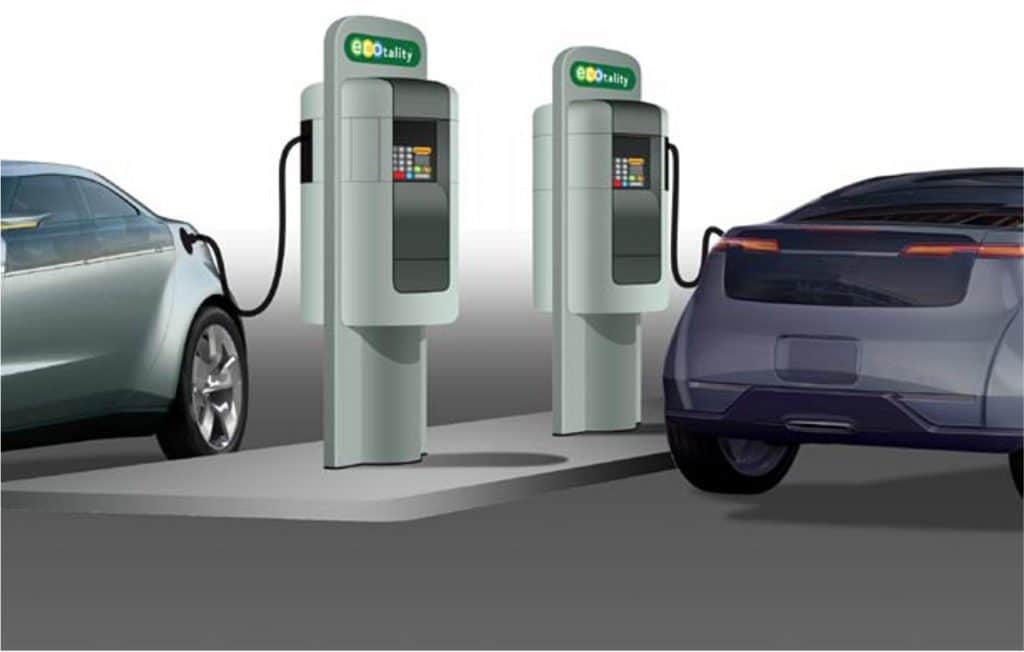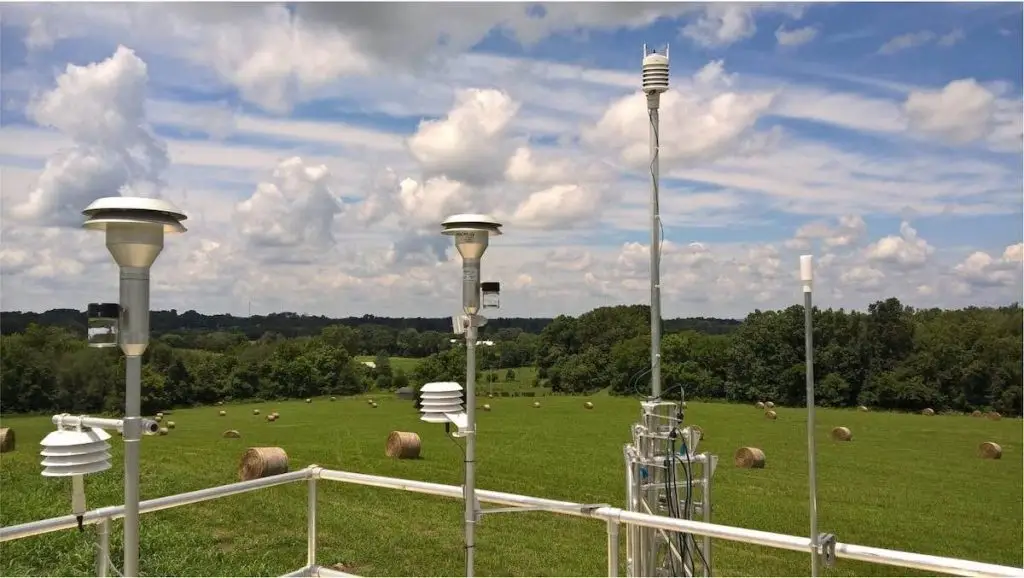Actionable steps to implement sustainable manufacturing with real-world examples
1. Conduct a Sustainability Assessment
Before diving into sustainable initiatives, it’s essential to assess your current practices and identify areas for improvement. Conduct a comprehensive sustainability assessment to evaluate resource usage, waste generation, energy consumption, and emissions. This will serve as a foundation for developing targeted strategies to minimize environmental impact.
Example: Toyota’s Environmental Challenge 2050 outlines six key challenges, including reducing CO2 emissions from manufacturing operations. By conducting thorough assessments and setting ambitious targets, Toyota aims to achieve zero emissions at its plants worldwide by 2050.
2. Optimize Resource Efficiency
Maximizing resource efficiency is a cornerstone of sustainable manufacturing. Identify opportunities to reduce material waste, water usage, and energy consumption throughout the production process. Implement lean manufacturing principles to streamline operations and eliminate unnecessary resource consumption.
Example: Interface’s “Mission Zero” initiative focuses on optimizing resource efficiency through innovative manufacturing processes. By redesigning products to minimize material waste and investing in energy-efficient technologies, Interface has reduced its environmental footprint while enhancing operational efficiency.
3. Embrace Renewable Energy
Transitioning to renewable energy sources is a crucial step towards sustainable manufacturing. Explore options such as solar, wind, and hydroelectric power to power your operations and reduce reliance on fossil fuels. Investing in renewable energy not only lowers carbon emissions but also ensures long-term energy security.
Example: Apple’s commitment to renewable energy is exemplified by its extensive use of solar power in manufacturing facilities. Through partnerships with renewable energy providers and onsite solar installations, Apple has achieved significant reductions in greenhouse gas emissions across its supply chain.
4. Implement Closed-Loop Systems
Closed-loop systems promote circular economy principles by reusing and recycling materials throughout the manufacturing process. Design products with recyclability in mind and establish take-back programs to reclaim and repurpose end-of-life products and materials.
Example: The circular economy model adopted by Philips Lighting emphasizes product lifecycle management and resource recovery. By collecting and refurbishing used lighting products, Philips extends product lifespan and reduces waste generation, contributing to a more sustainable manufacturing ecosystem.
5. Foster Collaboration and Transparency
Collaborate with suppliers, partners, and stakeholders to foster transparency and accountability throughout the supply chain. Establish clear sustainability standards and requirements for suppliers and work together to identify opportunities for improvement.
Example: Unilever’s Sustainable Living Plan prioritizes collaboration and transparency across its supply chain. By engaging with suppliers and implementing sustainability criteria in sourcing decisions, Unilever ensures alignment with environmental and social objectives while driving positive change throughout the value chain.
Podrain’s role in sustainable manufacturing
At Podrain we recycle waste and also provide recyclable packaging. We use energy efficient lighting and also save energy by shutting off equipment when not in use.

We have clients who build products that help the environment.
Ola electric – Builds sustainable electric vehicles
Intellicar – Provides solutions for the EV ecosystem and also for fuel saving
RevX Energy – Provides EV battery management for more efficient utilization
Clairco – Provides Air Quality monitoring and energy saving products to. transform buildings into net-zero emission structures.
At Podrain we recycle waste and also provide recyclable packaging. We use energy efficient lighting and also save energy by shutting off equipment when not in use. Read our Ultimate Guide to EMS to learn about the benefits of partnering with us.


